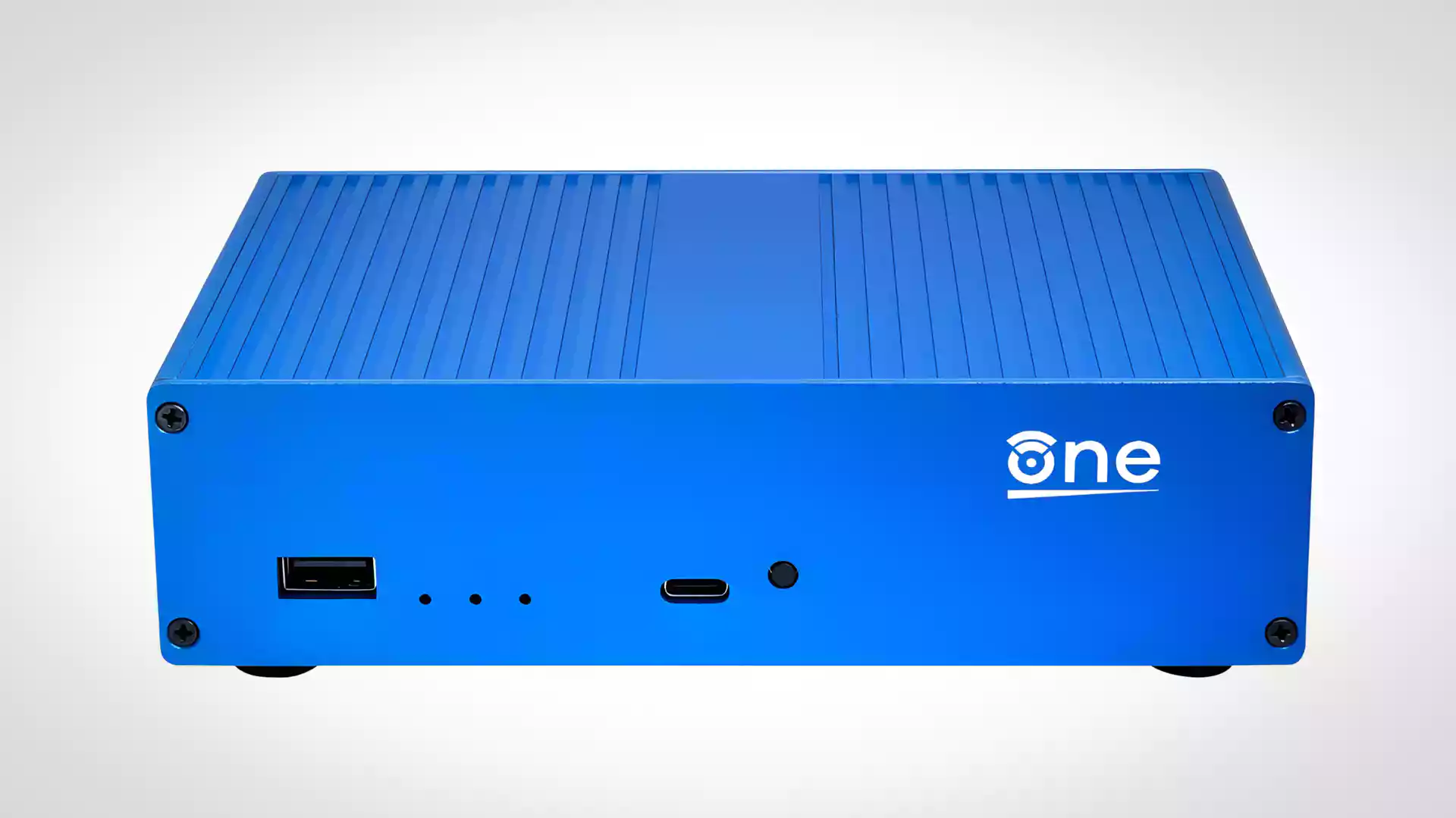Discover how to transform a consumer router into a powerful networking tool using OpenWRT open-source firmware. Learn about the benefits, installation process, and advanced features.
Table of Contents
Introduction to OpenWRT
It is a free and open-source Linux-based operating system designed primarily for embedded devices like routers. It offers a flexible and feature-rich alternative to stock router firmware, providing users with greater control over their network settings and enhanced security.
Key Benefits
- Regular updates from the open-source community
- Improved security compared to often-unpatched stock firmware
- Full control over network settings
- Package manager for installing add-ons and extra features
- Ability to repurpose existing hardware
Why Choose OpenWRT Over Other Options?
While solutions like pfSense or OPNsense are popular for DIY routers, OpenWRT offers several advantages:
- All-in-one solution: Includes Wi-Fi capabilities without needing separate access points
- Cost-effective: Can be installed on inexpensive consumer routers
- Lower power consumption: Typically uses ARM-based chips with lower power draw
- Compatibility: Designed specifically for embedded devices, reducing potential issues
Installing OpenWRT on a Consumer Router
Prerequisites
- A compatible router (e.g., D-Link DIR-X1560)
- USB flash drive formatted to FAT32
- Ethernet connection between router and computer
- OpenWRT firmware files
Step-by-Step Installation Process
- Download required firmware files
- Enable SSH access on stock firmware
- Access router via SSH
- Copy kernel image to USB drive
- Modify boot commands
- Reboot into kernel
- Copy factory image to router
- Flash firmware
- Reboot into full system
Configuring OpenWRT
Setting Up Wi-Fi
- Access web interface
- Navigate to Network > Wireless
- Configure 2.4GHz and 5GHz networks
- Set SSID, security type, and password
- Apply changes and test connectivity
Optimizing Performance
- Enable software and hardware flow offloading
- Adjust channel width for improved throughput
- Configure country code for regulatory compliance
Creating Backups
Regularly create backups of your OpenWRT configuration to easily restore settings if needed:
- Go to System > Backup / Flash Firmware
- Generate backup
- Save the backup file securely
Also Check: How to Set Up Your Linksys Router: A Comprehensive Guide
Advanced Features and Add-ons
Package Management
It includes a package manager for installing additional software:
- Navigate to System > Software
- Update package lists
- Search for desired packages
- Install selected packages
VPN Integration with Tailscale
Set up Tailscale VPN for secure remote access:
- Install Tailscale package
- Configure Tailscale service
- Set up firewall rules
- Enable exit node functionality
Ad Blocking
Implement network-wide ad blocking:
- Install AdBlock package
- Configure block lists
- Add custom blacklist entries
- Enable and test ad blocking
Custom Themes
Enhance the web interface with custom themes:
- Download theme files
- Install theme via SSH
- Apply new theme in web interface
Limitations and Considerations
- Limited storage space on some routers
- Potential compatibility issues with certain hardware
- Learning curve for advanced features
- Possibility of bricking device if not careful during installation
Conclusion
It offers a powerful and flexible solution for users looking to enhance their home networking setup. By flashing open-source firmware onto a consumer router, you can unlock advanced features, improve security, and gain greater control over your network. While there may be some limitations and a learning curve involved, the benefits of OpenWRT make it an attractive option for both casual users and networking enthusiasts alike.
Whether you’re looking to set up a VPN, implement ad blocking, or simply have more control over your home network, OpenWRT provides a cost-effective and customizable platform to meet your needs. As with any modification to your networking equipment, it’s important to research compatibility, follow installation instructions carefully, and regularly back up your configuration to ensure a smooth experience .
Image Credit: Website
